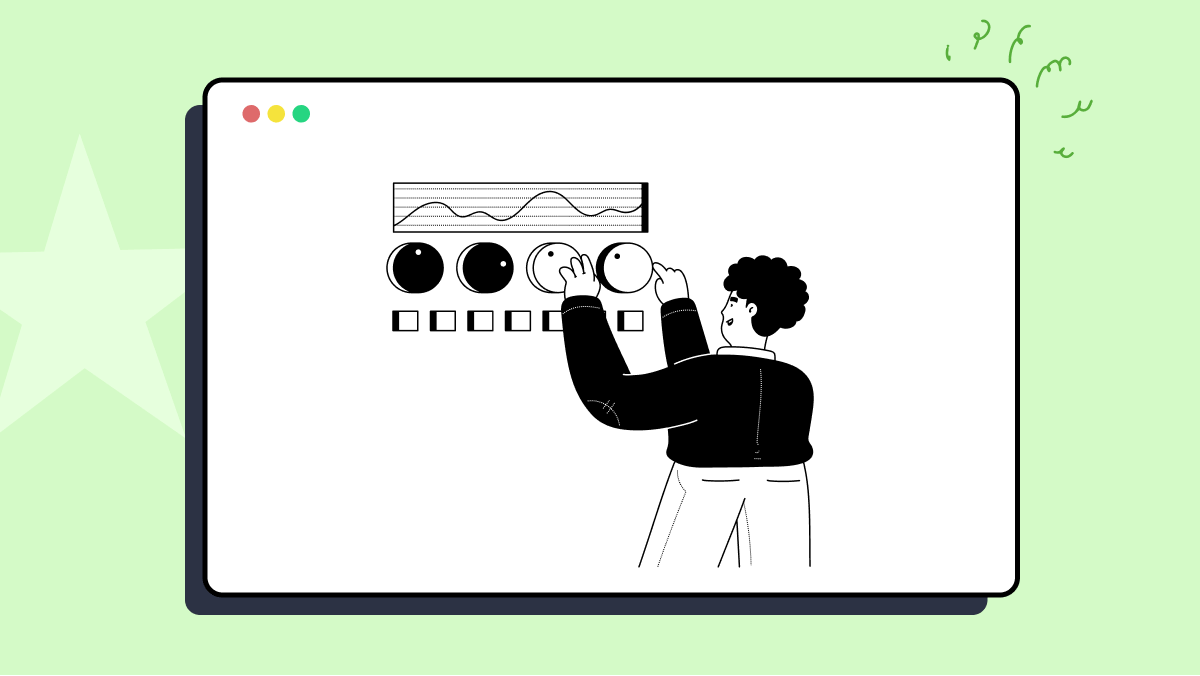How to use test_contains_multi_item_failure method in assertpy
Best Python code snippet using assertpy_python
test_dict.py
Source: test_dict.py
...61 assert_that(ordered).contains('a')62 fail('should have raised error')63 except AssertionError as ex:64 assert_that(str(ex)).ends_with('to contain key <a>, but did not.')65def test_contains_multi_item_failure():66 try:67 assert_that({'a': 1, 'b': 2, 'c': 3}).contains('a', 'x', 'z')68 fail('should have raised error')69 except AssertionError as ex:70 assert_that(str(ex)).contains("to contain keys <'a', 'x', 'z'>, but did not contain keys <'x', 'z'>.")71def test_contains_multi_item_single_failure():72 try:73 assert_that({'a': 1, 'b': 2, 'c': 3}).contains('a', 'b', 'z')74 fail('should have raised error')75 except AssertionError as ex:76 assert_that(str(ex)).contains("to contain keys <'a', 'b', 'z'>, but did not contain keys <z>.")77def test_contains_only():78 assert_that({'a': 1, 'b': 2, 'c': 3}).contains_only('a', 'b', 'c')79 assert_that(set(['a', 'b', 'c'])).contains_only('a', 'b', 'c')...test_list.py
Source: test_list.py
...69 assert_that(['a', 'b', 'c']).contains('x')70 fail('should have raised error')71 except AssertionError as ex:72 assert_that(str(ex)).is_equal_to("Expected <['a', 'b', 'c']> to contain item <x>, but did not.")73def test_contains_multi_item_failure():74 try:75 assert_that(['a', 'b', 'c']).contains('a', 'x', 'z')76 fail('should have raised error')77 except AssertionError as ex:78 assert_that(str(ex)).is_equal_to("Expected <['a', 'b', 'c']> to contain items <'a', 'x', 'z'>, but did not contain <'x', 'z'>.")79def test_contains_multi_item_single_failure():80 try:81 assert_that(['a', 'b', 'c']).contains('a', 'b', 'z')82 fail('should have raised error')83 except AssertionError as ex:84 assert_that(str(ex)).is_equal_to("Expected <['a', 'b', 'c']> to contain items <'a', 'b', 'z'>, but did not contain <z>.")85def test_does_not_contain():86 assert_that(['a', 'b', 'c']).does_not_contain('x')87 assert_that(['a', 'b', 'c']).does_not_contain('x', 'y')...Blogs
Check out the latest blogs from LambdaTest on this topic:
I was once asked at a testing summit, “How do you manage a QA team using scrum?” After some consideration, I realized it would make a good article, so here I am. Understand that the idea behind developing software in a scrum environment is for development teams to self-organize.
With the change in technology trends, there has been a drastic change in the way we build and develop applications. It is essential to simplify your programming requirements to achieve the desired outcomes in the long run. Visual Studio Code is regarded as one of the best IDEs for web development used by developers.
In today’s data-driven world, the ability to access and analyze large amounts of data can give researchers, businesses & organizations a competitive edge. One of the most important & free sources of this data is the Internet, which can be accessed and mined through web scraping.
Automating testing is a crucial step in the development pipeline of a software product. In an agile development environment, where there is continuous development, deployment, and maintenance of software products, automation testing ensures that the end software products delivered are error-free.
Automation Testing Tutorials
Learn to execute automation testing from scratch with LambdaTest Learning Hub. Right from setting up the prerequisites to run your first automation test, to following best practices and diving deeper into advanced test scenarios. LambdaTest Learning Hubs compile a list of step-by-step guides to help you be proficient with different test automation frameworks i.e. Selenium, Cypress, TestNG etc.
LambdaTest Learning Hubs:
- JUnit Tutorial
- TestNG Tutorial
- Webdriver Tutorial
- WebDriverIO Tutorial
- Protractor Tutorial
- Selenium 4 Tutorial
- Jenkins Tutorial
- NUnit Tutorial
- Jest Tutorial
- Playwright Tutorial
- Cypress Tutorial
- PyTest Tutorial
YouTube
You could also refer to video tutorials over LambdaTest YouTube channel to get step by step demonstration from industry experts.
Try LambdaTest Now !!
Get 100 minutes of automation test minutes FREE!!



